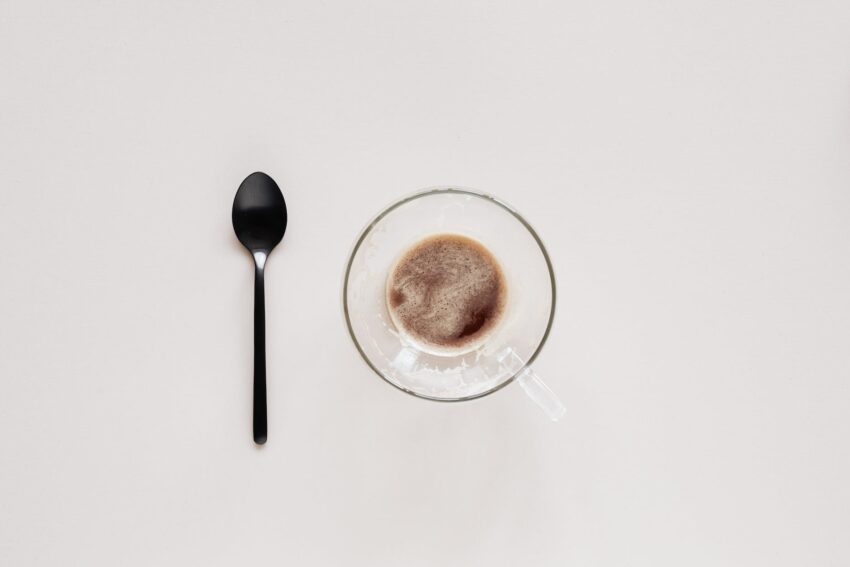The world of psychedelic experiences is as fascinating as it is mysterious. It is a realm where the usual rules of reality bend and blend, evolving into beautiful kaleidoscopic patterns of thoughts and sensations. One can visualize these experiences as art pieces painted by a unique combination of various factors— the ceremony, the participant, and the substance. Indeed, one critical element of psychedelic experiences that contributes to the outcome is the concept of set and setting.
“Set” refers to the mental state of a person—an amalgam of their emotional state, health, mindset and long-term personality traits, and importantly, their intentions too. “Setting,” on the other hand, defines the environment where the psychedelic experience takes place- the people present, the physical location, the sounds such as music, and the overall atmosphere.
Understanding the set is crucial because it’s the mindset, i.e., psychological stance, which forms the staging ground for the entire journey. As Dr. Timothy Leary, the renowned psychologist and advocate for the study of psychedelic substances, once said, “set denotes the preparation of the individual, including his personality structure and his mood at the time”. Essentially, the level of openness to new experiences, self-consciousness, and the overall emotional health can potentially influence the depth and breadth of the psychedelic journey.
Moreover, intention plays a pivotal role within the set. Setting an intention before embarking on a psychedelic journey helps to anchor the individual and provide a sense of direction. By being clear about the things one wishes to explore or resolve, a stage is set for meaningful self-discovery, often leading to insightful realizations.
The setting, or the environment, plays an equally important part. Ensuring that the surroundings are comfortable and familiar can significantly impact the overall journey. Participants often arrange the space in ways that it aligns with their emotional states and intentions. This could range from small things such as adding pleasant fragrances, bringing in nature by filling the room with plants, to incorporating elements of art or choosing a picturesque outdoor setting.
In addition to creating a safe space, an intriguing feature of the setting can be the presence of a trip sitter—an informed, empathetic companion chosen to accompany the individual during their psychedelic journey. Trip sitters provide reassurance, help maintain a calm environment, and often act as a psychological anchor, assisting in navigating any challenging aspects of the trip.
Furthermore, various studies have shown that music can amplify the depth and intensity of the psychedelic experiences. Certain types of music can potentially guide the experience in a specific direction, helping individuals identify and confront their deep-seated emotions and thoughts.
The concept of set and setting appears to be relatively simple on the surface, but it carries profound implications when dealing with psychedelic experiences. Psychedelics represent powerful tools for mind exploration and healing; however, to ensure a beneficial and enrichening experience, paying due attention to set and setting is indispensable.
To conclude, the set and setting essentially act as the ‘invisible hands’ guiding the psychedelic journeys. From preparation to mindset, intention to environment, every aspect weaves a unique pattern of experience. As more research delves into the world of psychedelic experiences, understanding the role of set and setting becomes increasingly important for ensuring safer, controlled, and more profound experiences.
Sources:
1. Carbonaro, T. M., Bradstreet, M. P., Barrett, F. S., MacLean, K. A., Jesse, R., Johnson, M. W., & Griffiths, R. R. (2016). Survey study of challenging experiences after ingesting psilocybin mushrooms: Acute and enduring positive and negative consequences. Journal of Psychopharmacology, 30(12), 1268-1278. Source
2. Haijen, E., Kaelen, M., Roseman, L., Timmermann, C., Kettner, H., Russ, S., … & Carhart-Harris, R. L. (2018). Predicting responses to psychedelics: a prospective study. Frontiers in pharmacology, 9, 897. Source
